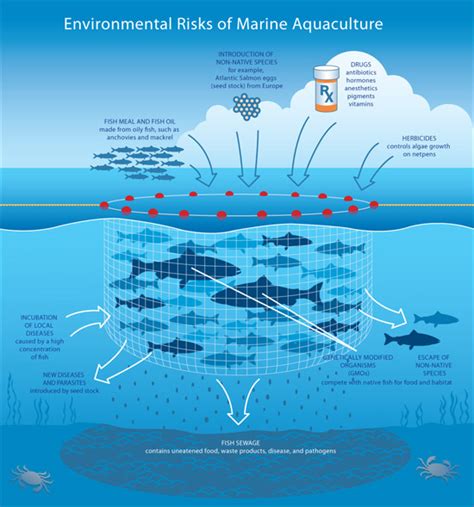Introduction
The aquaculture industry faces immense challenges in meeting the growing demand for seafood while ensuring sustainability. Insect farming has emerged as a promising solution, offering a cost-effective and eco-friendly alternative to traditional fishmeal. This article explores the benefits, challenges, and future prospects of insect farming for aquaculture, highlighting key strategies for its sustainable implementation.

Benefits of Insect Farming
1. Sustainable Feed Source:
Insects, such as black soldier flies, are highly efficient at converting organic waste into high-quality protein and lipids. They can consume various substrates, including food processing by-products, animal manure, and agricultural waste, reducing the need for feed from marine sources.
2. Nutritional Value:
Insect meal contains high levels of protein, amino acids, and essential fatty acids needed for the growth of aquatic organisms. It also provides prebiotics and probiotics, enhancing the immune system and gut health of fish.
3. Environmental Benefits:
Insect farming requires significantly less land, water, and energy than traditional livestock production for feed. It also reduces greenhouse gas emissions and water pollution associated with fishmeal production.
Challenges of Insect Farming
1. Scalability:
Mass-producing insects in a cost-effective manner is still a challenge. Current production facilities are typically small-scale, and scaling up requires innovative technologies and optimized processes.
2. Regulation:
The regulatory framework for insect farming in aquaculture varies globally. Harmonized regulations that ensure food safety and environmental sustainability are crucial for the industry’s growth.
Strategies for Sustainable Implementation
1. Technological Advancements:
Investing in R&D for automated insect production systems, efficient substrate processing, and cost reduction measures is essential to enhance scalability and economic viability.
2. Partnerships and Collaborations:
Collaboration between insect farmers, aquaculture producers, and researchers can facilitate industry growth, knowledge sharing, and the development of innovative solutions.
3. Regulatory Harmonization:
International cooperation and harmonization of regulations are necessary to promote responsible insect farming practices and ensure the widespread adoption of insect-based aquaculture feed.
Future Prospects
By 2025, insect farming is projected to become a major source of protein for aquaculture. Key projections include:
1. Industry Growth:
The global insect farming market for aquaculture is expected to reach $1.6 billion by 2025, with a significant increase in production capacity.
2. Technological Innovations:
Automation, artificial intelligence, and novel substrate utilization will revolutionize insect production, increasing efficiency and reducing costs.
3. Regulatory Landscape:
Harmonized regulations will pave the way for the widespread adoption of insect-based aquaculture feed, ensuring food safety and environmental sustainability.
Conclusion
Insect farming offers a transformative solution to the sustainability challenges facing the aquaculture industry. By embracing technological advancements, fostering partnerships, and navigating regulatory complexities, stakeholders can harness the potential of insect farming for sustainable seafood production. As the industry matures, the future holds immense opportunities for collaboration, innovation, and the scaling of insect-based aquaculture feed solutions.





















